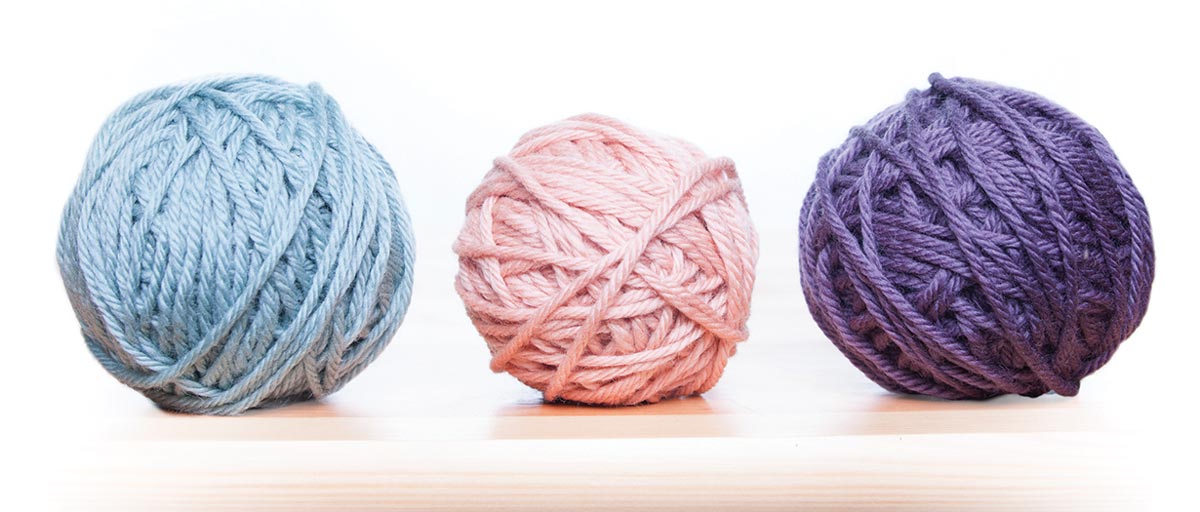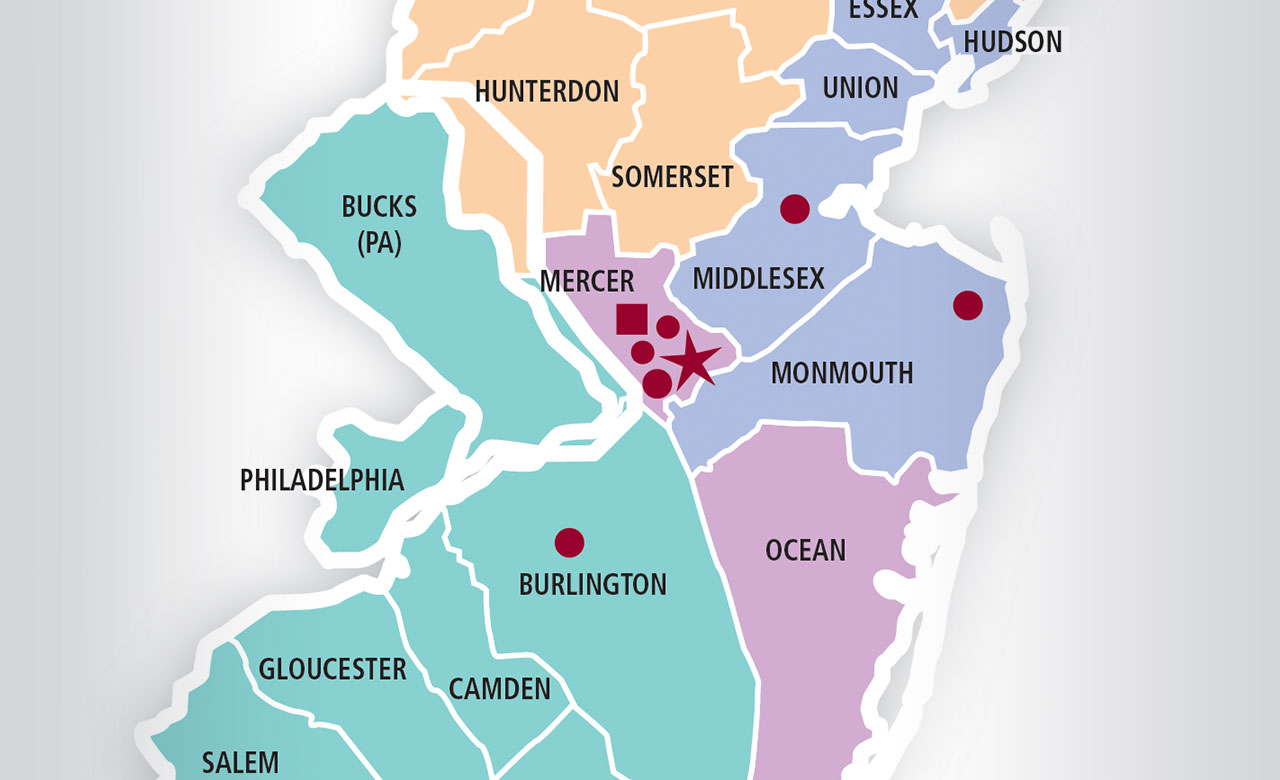“In a way, therapists must serve as both puzzle solvers and insight tutors,” says Vince Austin-Cole, MSW, LCSW, Senior Primary Therapist at Princeton House Behavioral Health’s Moorestown outpatient site.
“No matter how different two people may seem, there is likely a common thread that a therapist can draw out with careful listening so that they can empathize with and support one another,” he adds. “At the same time, we can help those struggling to find their path and voice by teaching them to reframe negative thoughts into positive goals.”
A few of the tactics that Austin-Cole uses to help promote positive interaction and group therapy experiences include:
- INSIGHT FOCUS—How someone is feeling can change day by day and hour by hour. Through this “check-in” process, patients are asked to share their reasons for being in therapy, their feelings in the present moment, their sleeping and eating habits, a recovery goal, and a topic for the group to discuss. Therapists reflect back the information, framing it with positivity. The process serves as a reset button to tune in on what’s working and facilitate an open dialogue.
- YARN EXERCISE—A patient who may be hesitant to talk is given a ball of yarn. Holding the end of the string, the patient throws the ball to another group member while saying a positive comment about that person, and so on. By the end of the exercise, a yarn web has formed among the group—along with a framework of positivity—and the therapist helps group members process the experience.
- AFFIRMATION THUMB BALL—Similar to the yarn exercise, patients throw a ball to each other. The ball contains questions like “What is your most prized possession?” or “Say something positive about the person to your left.” When catching the ball, each patient follows the instructions given wherever his or her thumb lands.
“These exercises help patients give and receive feedback while learning things about each other that they would not know otherwise,” says Austin-Cole. “It turns the energy around in the room, helping them feel connected and invested in making progress.”
Skilled Princeton House therapists facilitate group therapy for inpatients in Princeton and at all six outpatient locations. For more information, visit princetonhouse.org or call 800.242.2550/inpatient or 888.437.1610/outpatient.
Article as seen in the Fall 2017 issue of Princeton House Behavioral Health.



